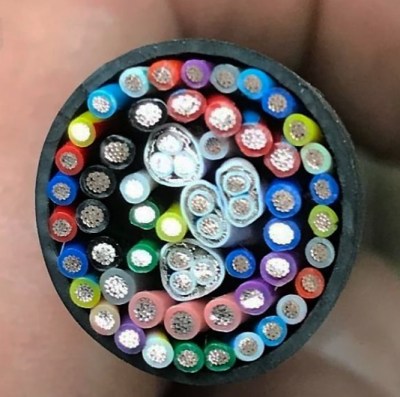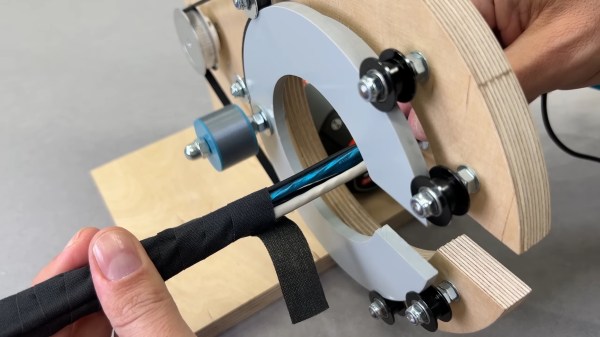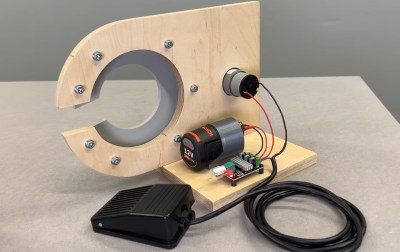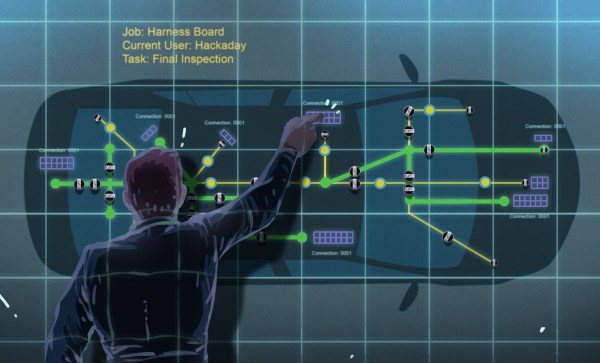There are many ways to learn, but few to none of them compare to that of spending time standing over the shoulder of a master of the craft. This awesome page sent in by [JohnU] is a fantastic corner of the internet that lets us all peek over that shoulder to see someone who’s not only spent decades learning the art of of creating cable harnesses, but has taken the time to distill some of that vast experience for the rest of us to benefit from.

This page is focused on custom automotive and motorcycle modifications, but it’s absolutely jam-packed with things applicable in so many areas. It points out how often automotive wiring is somewhat taken for granted, but it shouldn’t be; there are hundreds of lines, all of which need to work for your car to run in hot and cold, wet and dry. The reliability of wiring is crucial not just for your car, but much larger things such as the 530 km (330 mi) of wiring inside an Airbus A380 which, while a large plane, is still well under 100 m in length.
This page doesn’t just talk about cable harnessing in the abstract; in fact, the overwhelming majority of it revolves around the practical and applicable. There is a deep dive into wiring selection, tubing and sealing selection, epoxy to stop corrosion, and more. It touches on many of the most common connectors used in vehicles, as well as connectors not commonly used in the automotive industry but that possess many of the same qualities. There are some real hidden gems in the midst of the 20,000+ word compendium, such as thermocouple wiring and some budget environmental sealing options.
There is far more to making a thing beyond selecting the right parts; how it’s assembled and the tools used are just as important. This page touches on tooling, technique, and planning for a wire harness build-up. While there are some highly specialized tools identified, there are also things such as re-purposed knitting needles. Once a harness is fully assembled it’s not complete, as there is also a need for testing that must take place which is also touched on here.
Thanks to [JohnU] for sending in this incredible learning resource. If this has captured your attention like it has ours, be sure to check out some of the other wire harness tips we’ve featured!















